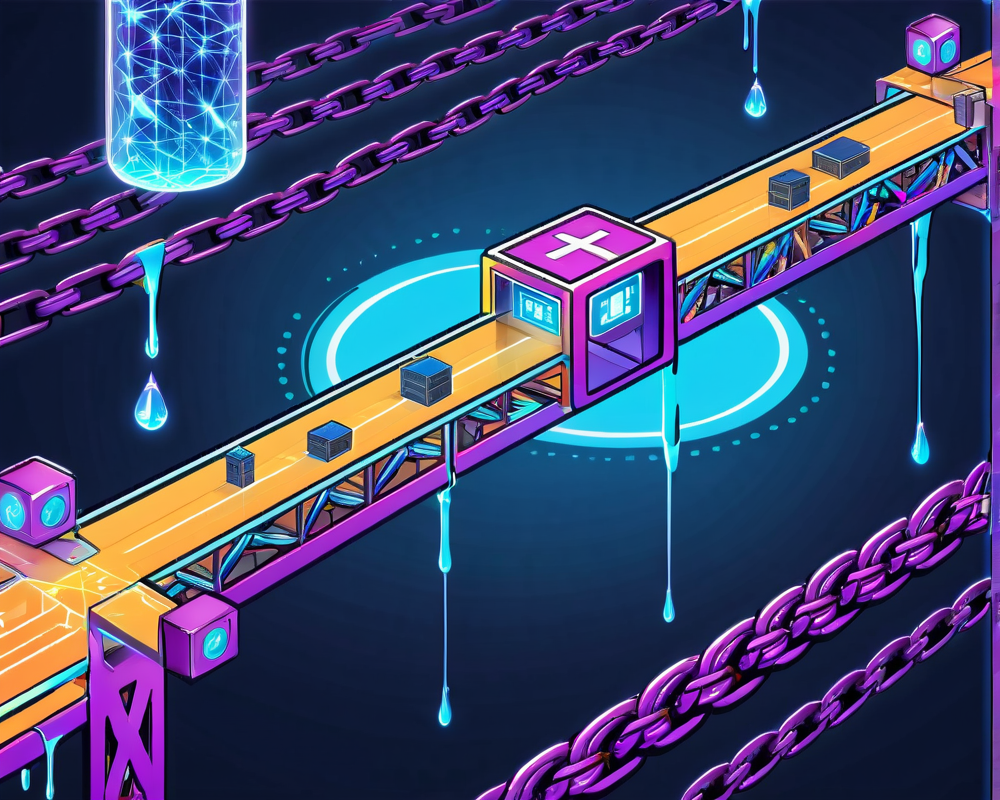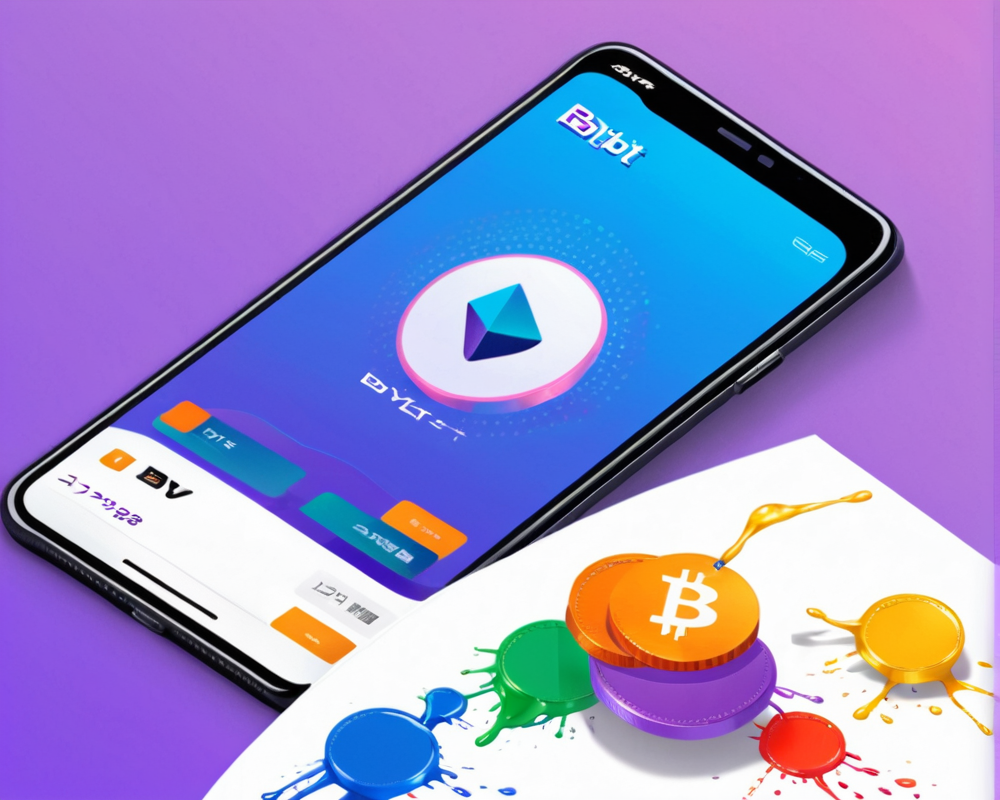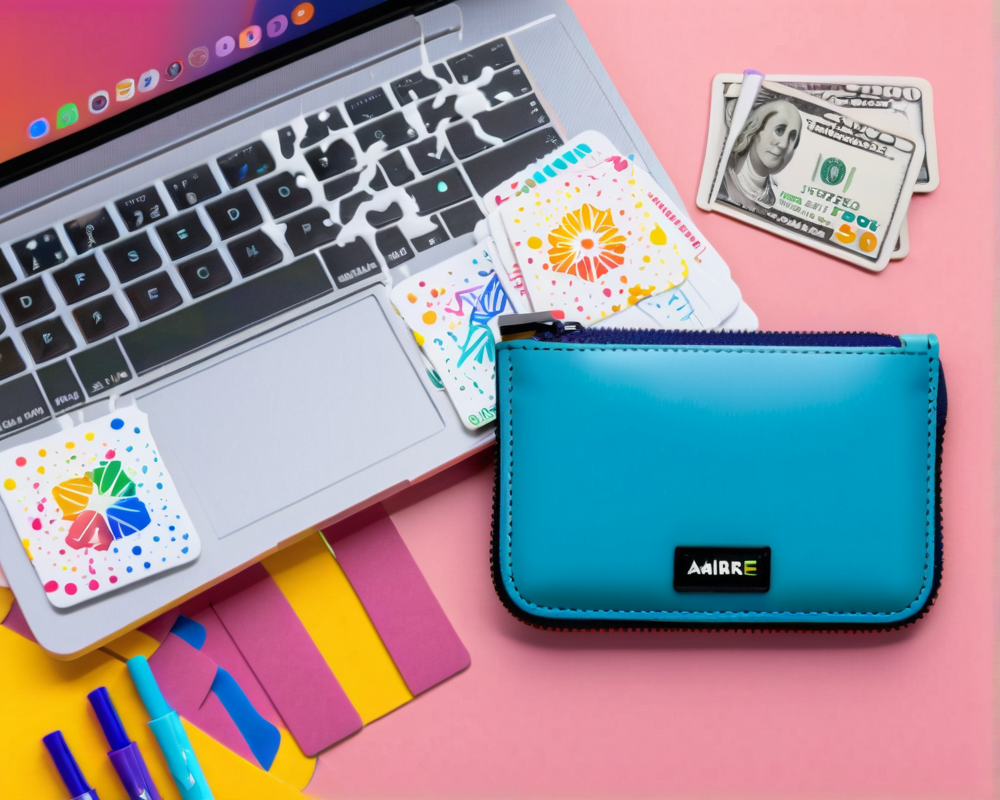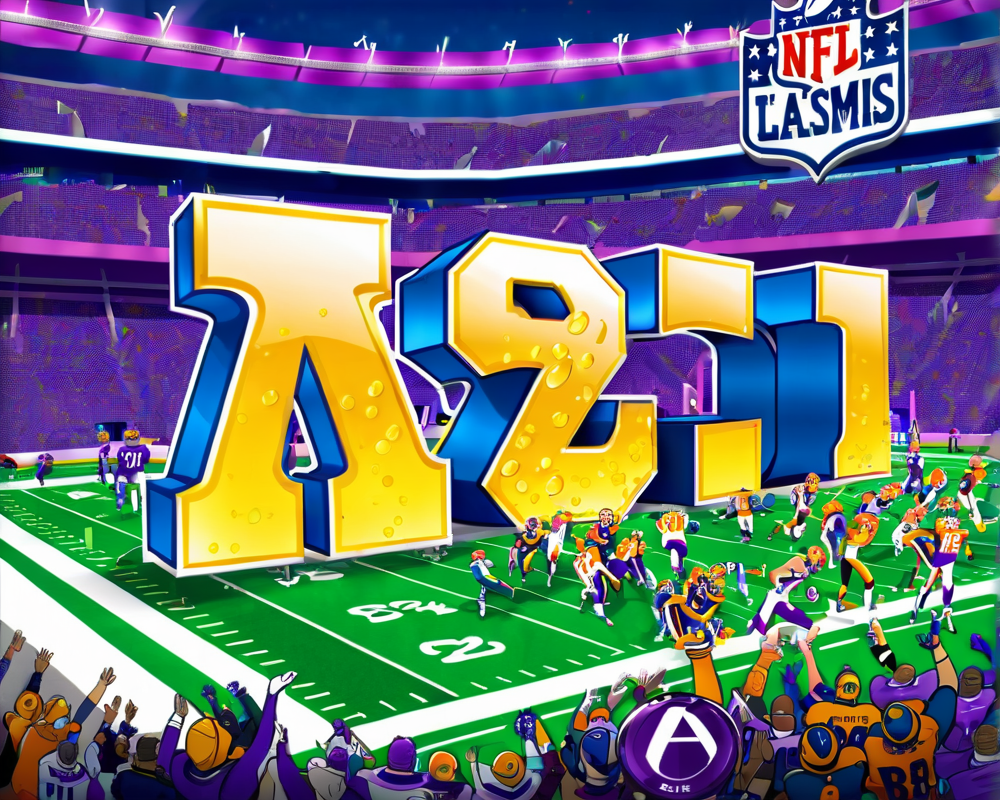The Evolution of Cross-Chain Transfers
Cross-chain asset transfer is like that party crasher who showed up uninvited but ended up being the life of the party. Ever since multiple blockchains strutted onto the scene, the need for transferring assets between these networks has become more evident. Initially, the focus was on swapping native assets, which led to the emergence of decentralized exchanges. But here’s the twist: transferring assets, while keeping their identities intact, is just as crucial, and it’s becoming more common than avocado toast on brunch menus.
The Rise of Wrapped Tokens and Bridges
Did you know that over 400,000 Bitcoin (BTC) are jiving outside the Bitcoin blockchain? That’s right! A hefty chunk of Ether (ETH) has also packed its bags and moved to other networks. Enter wrapped tokens—essentially the party hats that differentiate these assets from their native counterparts. Bridges are the pathways these tokens traverse from older, established blockchains to their younger cousins, but navigating these pathways can be both an art and a science.
The One-Way Dilemma
Unfortunately, the existing cross-chain transfer processes aren’t all sunshine and rainbows. They often focus on one-way transfers, sometimes at the cost of slippage or loss of value. You know, like those times you thought you could sneak out of the fridge with just one cookie, but then you found yourself eating the entire box. It’s never that simple, right?
The Need for Standards
Let’s talk standards—those lovely little agreements that make life easier. When everyone agrees to play by the same rules, the game becomes far less chaotic. In blockchain terms, standards like ERC-20 and ERC-721 have been pivotal in defining how tokens work, leading to a beautiful explosion of growth and user adoption.
ERC-20: The Token Protocol
The ERC-20 standard made it easier to create tokens on the Ethereum network and, like a good cheese, it’s aged quite well. It not only simplified the token creation process for less technical folks but also made it easier for exchanges and wallets to list these tokens. Less friction equals more fun!
ERC-721: The NFT Game-Changer
Then there’s the ERC-721 standard, which gave us non-fungible tokens (NFTs). These unique digital items broke the internet in 2021 and have significantly impacted various industries, especially gaming. You can thank ERC-721 for getting millions into gaming thanks to pay-to-earn models and digital art.
Payment Systems on Blockchain: A Work in Progress
The current state of payment systems on blockchains can feel like trying to convince a cat to take a bath—complicated and often fraught with mishaps. When it comes to making payments across different blockchains, users have to jump through hoops, setting up addresses or converting tokens at exchanges. Weariness can set in, leading to fractioned bravery during trial payments.
Consider the Stablecoin Solution
Stablecoins are another option for transactions across chains, but they, too, come with their own set of challenges. Establishing uniform standards would definitely smooth things out, giving rise to payment aggregators that simplify asset transfers while drastically reducing the headache factor.
The Future: A Promise of Interoperability
Remember that scene from the movie where all the characters finally came together? That’s what a cross-chain asset transfer standard could look like in the blockchain world. Currently, there are a bunch of bridge implementations that utilize unique properties of private-public key hashing to enable seamless transfers. Ideally, this would pave the way towards a generalized token transfer standard, ensuring everyone plays nice together on the blockchain playground.
A Harmonious Blockchain Ecosystem
As we gaze into the crystal ball of the blockchain world, a future filled with interoperability between various chains beckons. This not only includes cryptocurrencies and native assets but also encompasses stablecoins and even central bank digital currencies (CBDCs). In this promising landscape, the notion that only one blockchain will reign supreme is nothing but a maximalist daydream.
Indeed, history has shown us that no major technological revolution has settled into a monolithic platform. Expect a vibrant tapestry of platforms, providers, and innovations in the years to come—like a buffet where there’s something delicious for everyone!
As the demand for cross-chain asset transfer standards grows, they will usher in a new age where blockchain technologies can truly shine. Who knows? One day we may look back fondly at this current era as ‘the time before everything clicked into place’—much like those sweater vests your dad used to wear.




